Increasing Incidence of Cancer
The rising incidence of cancer worldwide is a primary driver for the Liposomal Doxorubicin Market. As cancer rates continue to escalate, the demand for effective treatment options grows correspondingly. According to recent statistics, cancer cases are projected to increase significantly, leading to a heightened need for innovative therapies. Liposomal Doxorubicin, known for its targeted delivery and reduced side effects, is becoming a preferred choice among oncologists. This trend indicates a robust market potential, as healthcare providers seek to improve patient outcomes through advanced treatment modalities. The Liposomal Doxorubicin Market is thus positioned to benefit from this increasing prevalence, as more patients require effective and less toxic cancer therapies.
Rising Investment in Cancer Research
Rising investment in cancer research is a significant driver for the Liposomal Doxorubicin Market. Governments and private organizations are allocating substantial funds towards cancer research initiatives, aiming to discover new treatment modalities and improve existing therapies. This influx of investment is likely to accelerate the development of innovative liposomal formulations, enhancing their availability in the market. Furthermore, collaborative efforts between research institutions and pharmaceutical companies are fostering advancements in drug delivery systems. As a result, the Liposomal Doxorubicin Market is expected to benefit from increased research activities, leading to the introduction of more effective and safer treatment options for cancer patients.
Growing Awareness of Personalized Medicine
The growing awareness of personalized medicine is significantly influencing the Liposomal Doxorubicin Market. As healthcare shifts towards tailored treatment approaches, the demand for therapies that cater to individual patient profiles is on the rise. Liposomal Doxorubicin, with its ability to be customized based on patient-specific factors, aligns well with this trend. This shift is supported by an increasing body of research advocating for personalized treatment regimens in oncology. Consequently, healthcare providers are more inclined to adopt therapies that offer personalized solutions, thereby driving the market forward. The Liposomal Doxorubicin Market stands to gain from this paradigm shift, as it offers a viable option for personalized cancer treatment.
Regulatory Support for Innovative Therapies
Regulatory support for innovative therapies is a crucial driver for the Liposomal Doxorubicin Market. Regulatory agencies are increasingly recognizing the need for advanced treatment options in oncology, leading to expedited approval processes for novel formulations. This supportive environment encourages pharmaceutical companies to invest in the development of liposomal drugs. As a result, the market is likely to see a rise in the number of approved liposomal formulations, enhancing treatment options for patients. The favorable regulatory landscape not only facilitates quicker access to innovative therapies but also boosts investor confidence in the Liposomal Doxorubicin Market, potentially leading to increased funding and research initiatives.
Technological Advancements in Drug Formulation
Technological advancements in drug formulation are propelling the Liposomal Doxorubicin Market forward. Innovations in nanotechnology and drug delivery systems have enhanced the efficacy and safety profiles of liposomal formulations. These advancements allow for improved bioavailability and targeted delivery of Doxorubicin, minimizing systemic toxicity. As a result, pharmaceutical companies are increasingly investing in research and development to optimize liposomal formulations. The market is witnessing a surge in new product launches, which is likely to attract more healthcare providers and patients. This trend suggests a promising future for the Liposomal Doxorubicin Market, as enhanced formulations may lead to better therapeutic outcomes and increased adoption in clinical settings.



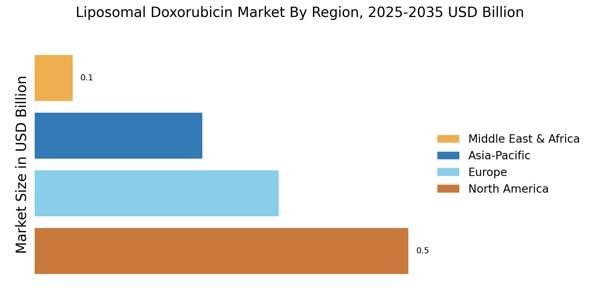
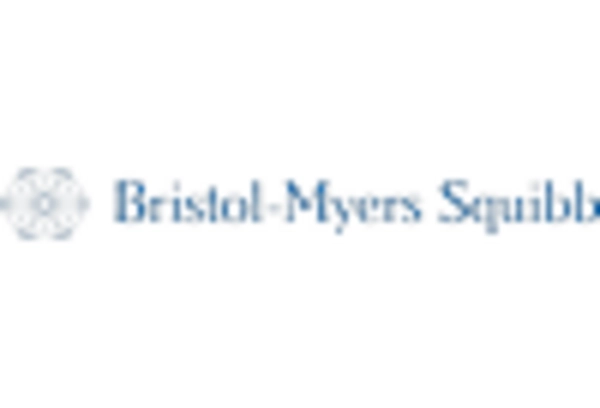
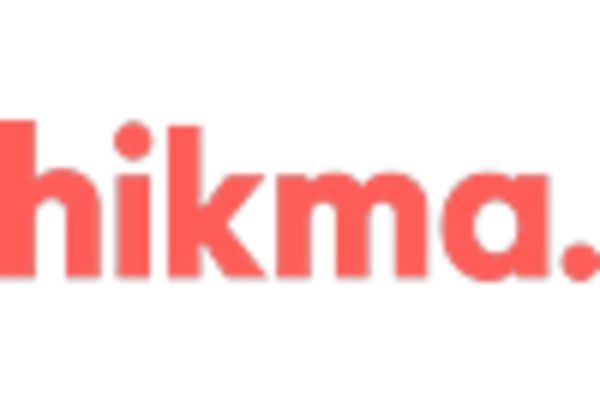

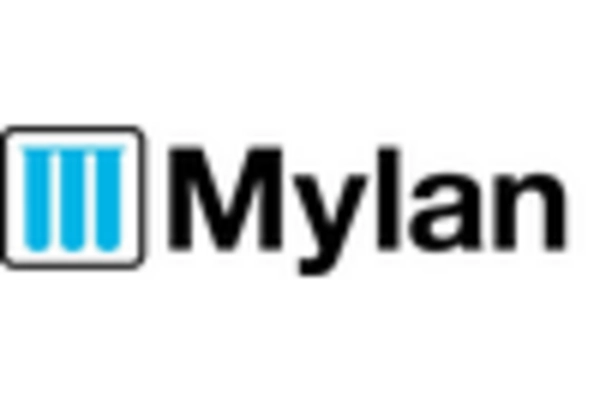
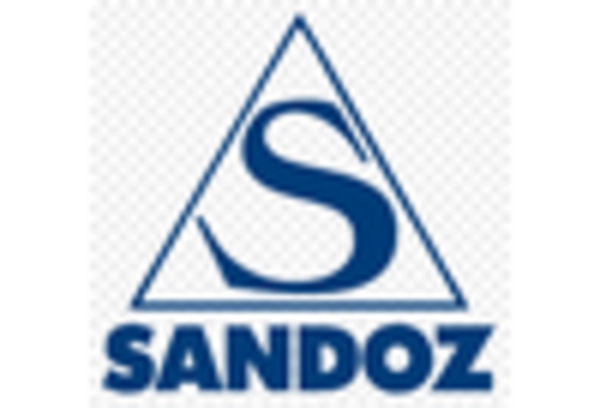
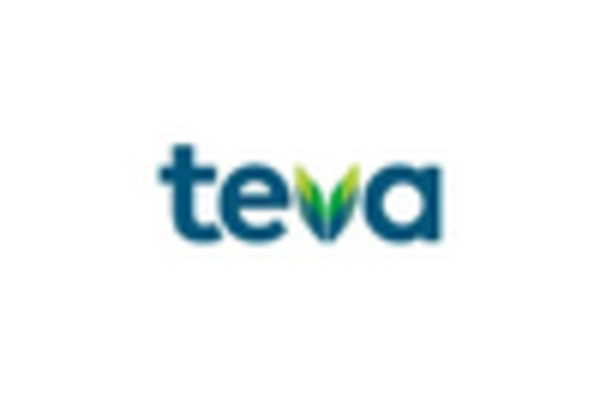








Leave a Comment